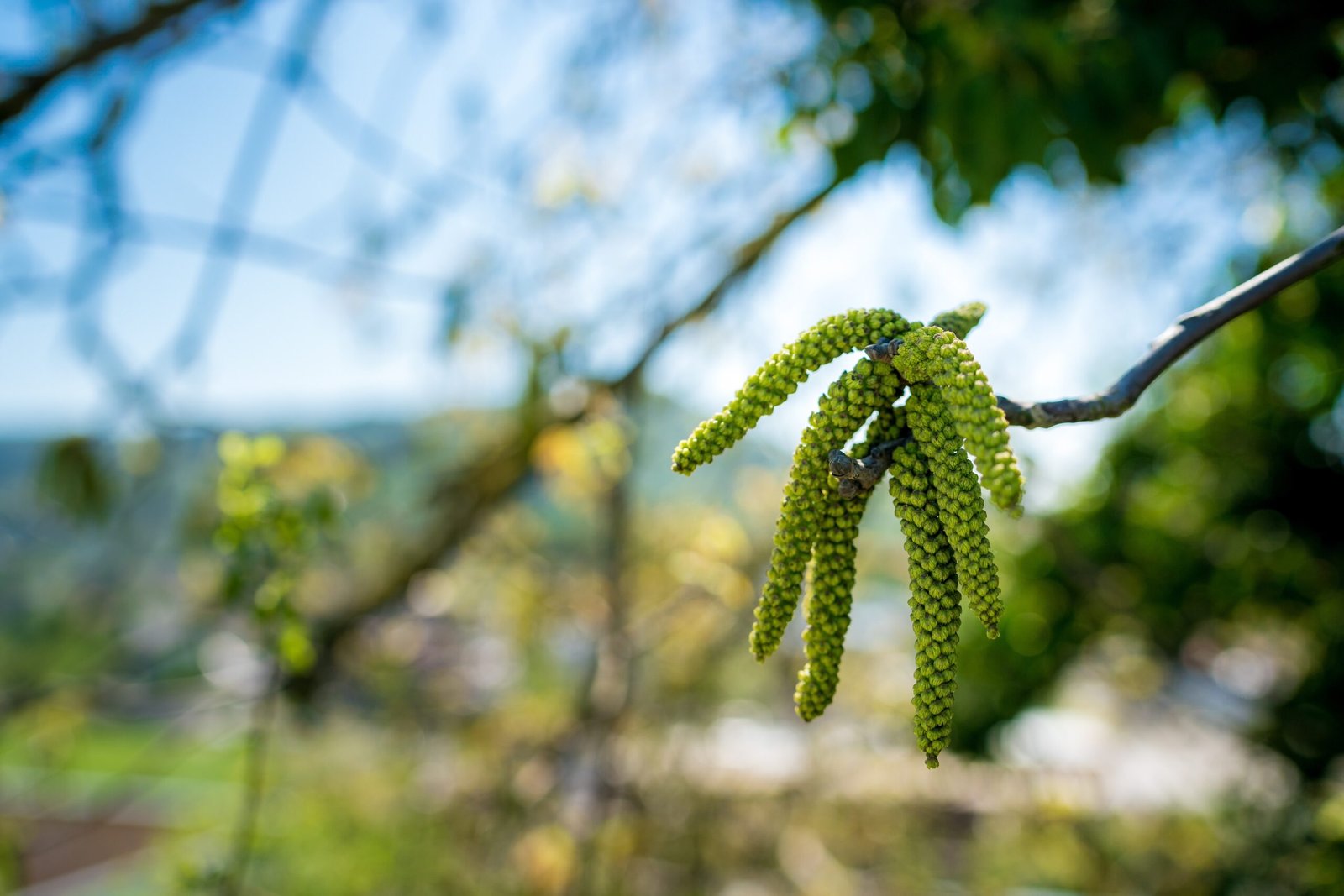How to Grow Hardy Hazel Alder Tree for Lush Landscapes
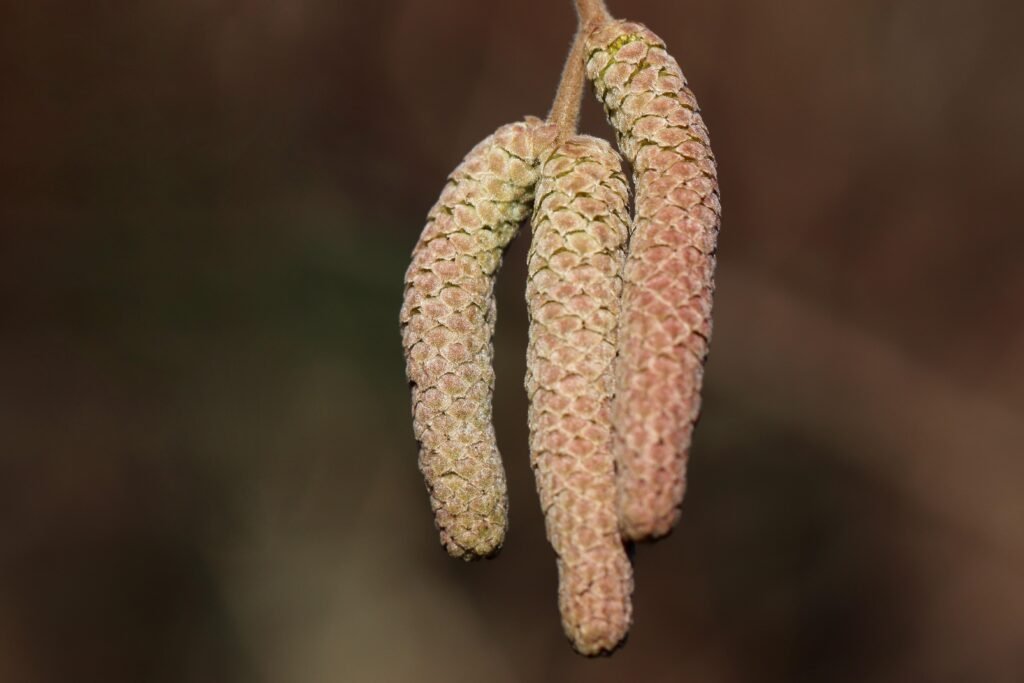
Hazel Alder Tree (Alnus serrulata) is a plant species underplayed by most gardeners and nature lovers, however, they are a gift of nature. With their roots from Eastern North America, this shrub not only serves an aesthetic value but also an ecological one. They are useful in preventing riverbank erosion and creating beautiful and inviting landscapes that attract wildlife. hence, the Hazel Alder Tree is a wonderful choice to have in outdoor spaces.
This Hazel Alder tree is easy to grow and greatly rewarding as well making them functional and resilient. If you plan to have one then you must read this guide as you will receive information that ranges from planting methods to success stories and caring tips. It’s time to begin integrating these marvelous trees to your landscape. You are just a step away to success.
Why Choose the Hazel Alder Tree?
They say you cannot judge a book by its cover, and an example of that is most trees need some level of care. To explain why this one is different, it is not simply their beauty, but the tremendous amount of usefulness they are to landscaping to give conservation a break.
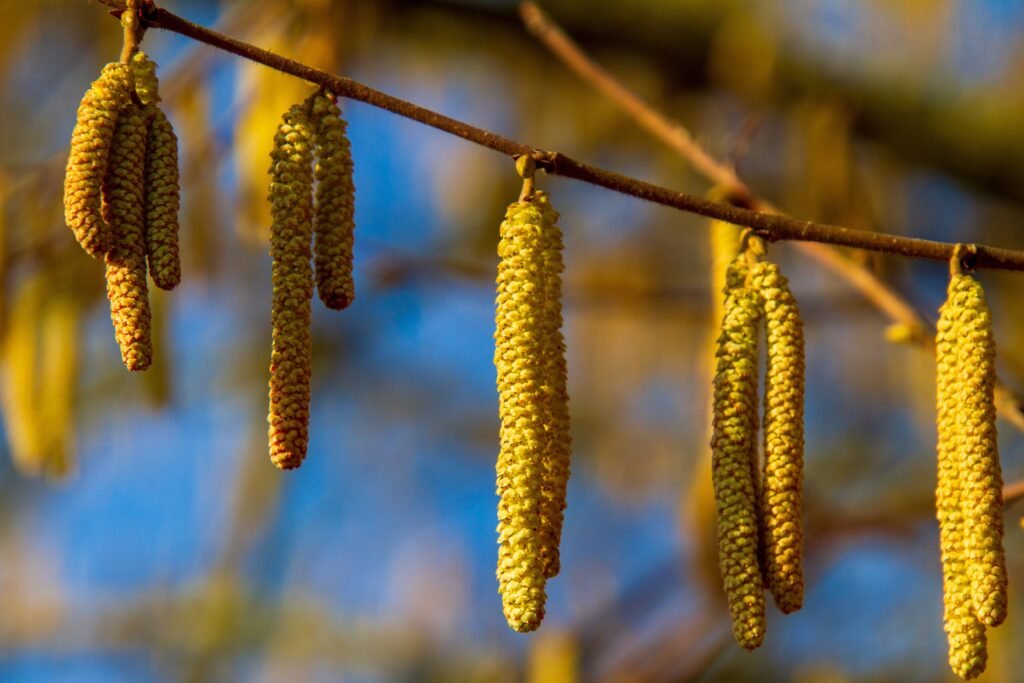
Benefits of Planting Hazel Alder Trees
- Erosion Control and Riverbank Stabilization
Hazel Alder trees are very useful in preventing erosion on river banks and slopes of soil. These trees are used for these purposes because they grow well in wet soils that are partially unstable. They also provide stability to soil with their extensive roots through which they also prevent nutrients from washing into water bodies.
- Nitrogen-Fixation for Soil Health
Like the rest of the trees from the birch family, Hazel Alder trees have beneficial interactions with nitrogen bacteria in the soil. Their roots in combination with nitrogen bacteria helps in enriching the soil which is beneficial for nearby plants.
- Flood Tolerance
In cases where there is a lot of flooding present, Hazel Alder trees will do well in areas that get flooded regularly or have waterlogged soils. Their great tolerance to water enables them to be the perfect tree for projects aimed at restoring wetlands.
- Wildlife Haven
Indigenous animals will benefit from the seeds and catkins from the tree as it brings a variety of birds and even small animals. They will also make the area more friendly for insects which will help to increase biodiversity.
- Versatile Landscaping Appeal
Their height, average of 10 to 20 feet does not classify them as tall trees, but Hazel Alder trees are effective for privacy since they do create dense green screens. Their easy adaptability to a range of soil types and compliance to pest damages makes it easy to add more greenery to gardens, parks, and other areas in urban places.
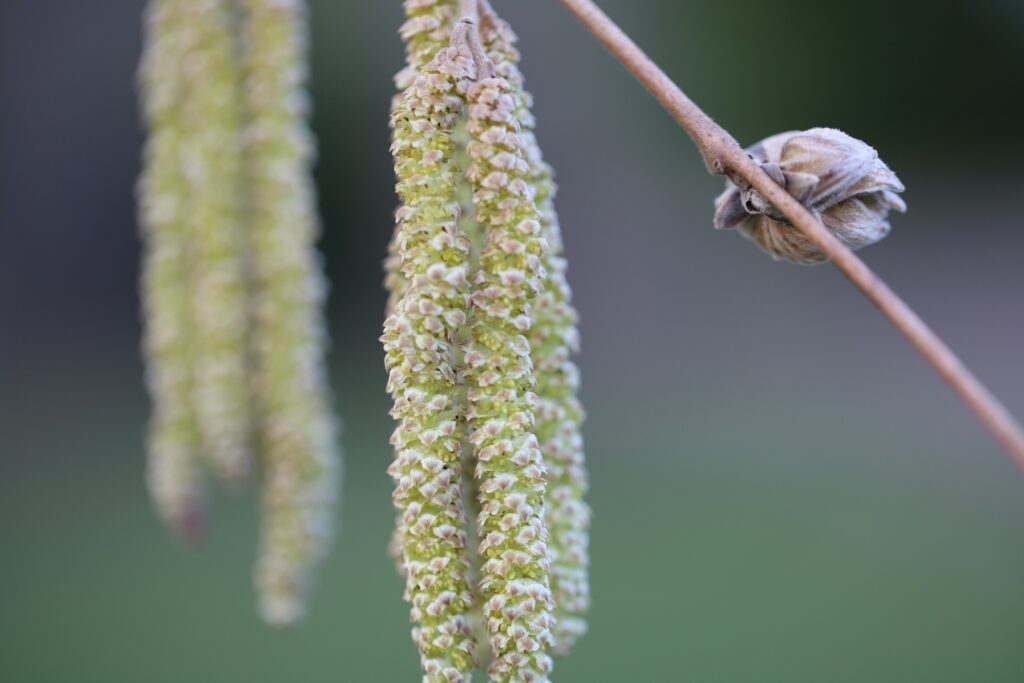
How to Identify a Hazel Alder Tree
Accurate identification is essential in ensuring you’re planting the right species. Follow these key traits:
- Leaves: Oval-shaped, with a serrated edge and a slightly glossy finish. They alternate along the stem.
- Flowers: Produces both male catkins (long, dangling clusters) and small, cone-like female flowers in early spring.
- Bark: Smooth and grayish-brown with horizontal lenticels (raised lines).
- Size: Grows between 10-20 feet tall and 15-25 feet wide, forming a multi-stemmed shrub-like appearance.
For comparison, Hazel Alder trees are often mistaken for birch trees—but unlike birch, their bark doesn’t peel off in strips.
6 Steps to Plant and Grow Hazel Alder Trees
Growing a Hazel Alder tree is straightforward if you follow these steps:
Step 1: Choose the Ideal Location
Hazel Alder trees are happiest in moist, well-draining soils, thriving near water features such as ponds, rivers, and wetlands. They’re hardy in USDA zones 4-9, tolerating both full sun and partial shade. If planting for erosion control, place them directly along slopes and water margins.
Step 2: Prepare the Soil
- Best soil for Hazel Alder trees? A mix of clay, loamy, or sandy soils enriched with organic matter. Their adaptability allows them to grow even in less fertile soils, but for optimal growth, ensure consistent moisture.
- Pro Tip: Avoid overly acidic or saline soil as it can hinder growth.
Step 3: Planting Hazel Alder Trees
- When to plant Hazel Alders: Early spring or fall, when temperatures are cooler.
- Dig a hole twice the width of the root ball and as deep as the root system. Gently backfill with a mix of soil and compost, ensuring the base of the trunk sits slightly above ground level.
- Water thoroughly to settle the roots and eliminate air pockets around them.
Step 4: Watering Requirements for Alder Trees
Young Hazel Alders need consistent watering to establish deep root systems. Once mature, they’re remarkably drought-tolerant but still prefer moist environments. If planted along water features, natural hydration often suffices.
Step 5: Fertilization and Mulching
- Due to their nitrogen-fixing nature, Hazel Alders don’t usually need fertilizer. Still, adding slow-release, organic fertilizer can speed up growth.
- Apply mulch (e.g., wood chips or leaf mold) around the base to retain soil moisture, reduce weeds, and regulate temperature.
Step 6: Pruning and Long-Term Care
Regular pruning helps maintain the tree’s shape and removes any diseased or broken branches. Minimal upkeep makes this tree a favorite for low-maintenance landscapes.
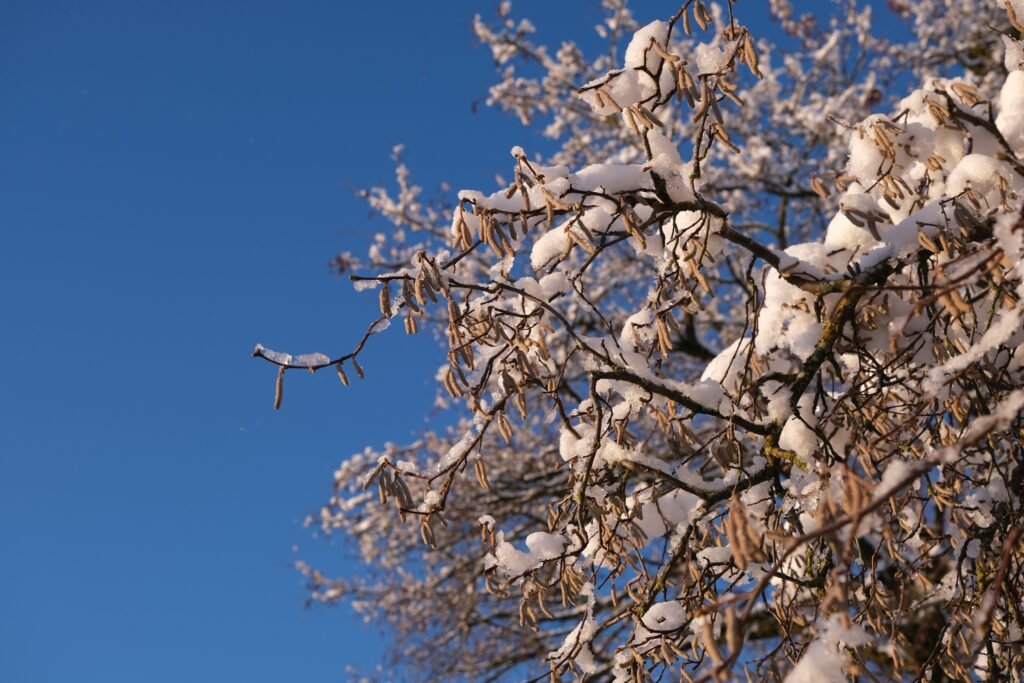
Real-Life Impact of Hazel Alder Trees
Wetland Restoration in Maine
Hazel Alders played a vital role in restoring a wetland habitat in Maine. Before planting, water quality tests indicated high levels of sediment and nitrate pollution. Two years after Hazel Alders were integrated into the riparian zone, sediment deposition dropped by 40%, and nitrate levels decreased by 30%.
Riparian Buffers Along the Susquehanna River
Hazel Alders successfully reduced sediment and nutrient runoff in Pennsylvania’s Susquehanna River buffers. Residents and environmental agencies praised the tree’s ability to protect waterways and improve downstream biodiversity.
Riverbank Stabilization in Virginia
A community-driven restoration project in Virginia used Hazel Alders to stabilize eroding riverbanks. Local residents were amazed at how quickly their landscape transformed, with wildlife abundantly returning to the area.
Common Questions About Hazel Alder Trees
How fast do they grow?
Hazel Alders are fast growers, often reaching their mature size within 3-5 years when cared for properly.
What are the most common pests and diseases?
Hazel Alders are fairly pest-resistant but can occasionally attract aphids or alder flea beetles. Diseases like leaf spots may occur but are rarely serious.
What are the best companion plants for Hazel Alders?
For a wetland resistant ecological landscape, Hazel Alders can be combined with Red Osier Dogwood, American Sycamore, or Ferns.
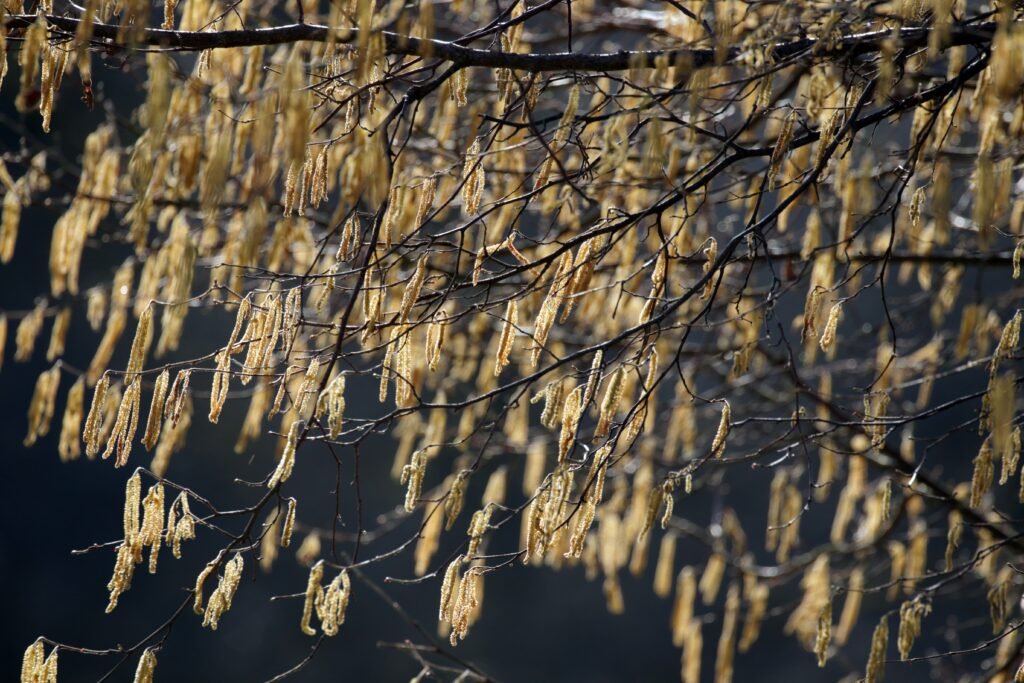
Take the Next Step Toward a Greener Landscape
Aside from being a perfect focal point in your garden, the Hazel Alder tree can act as a great companion in restoring wetlands, erosion and controlling a ecosystem. This tree is useful for enhancing the look of your garden as well as for riverbank stabilization.
Do you want to add Hazel Alder to your garden? Start planning today to transform the beauty of your landscape by adding this tree. For more information, visit Morton Arboretum or contact experts such as Doug Tallamy and Micheal Dirr for additional help.
Happy planting!
